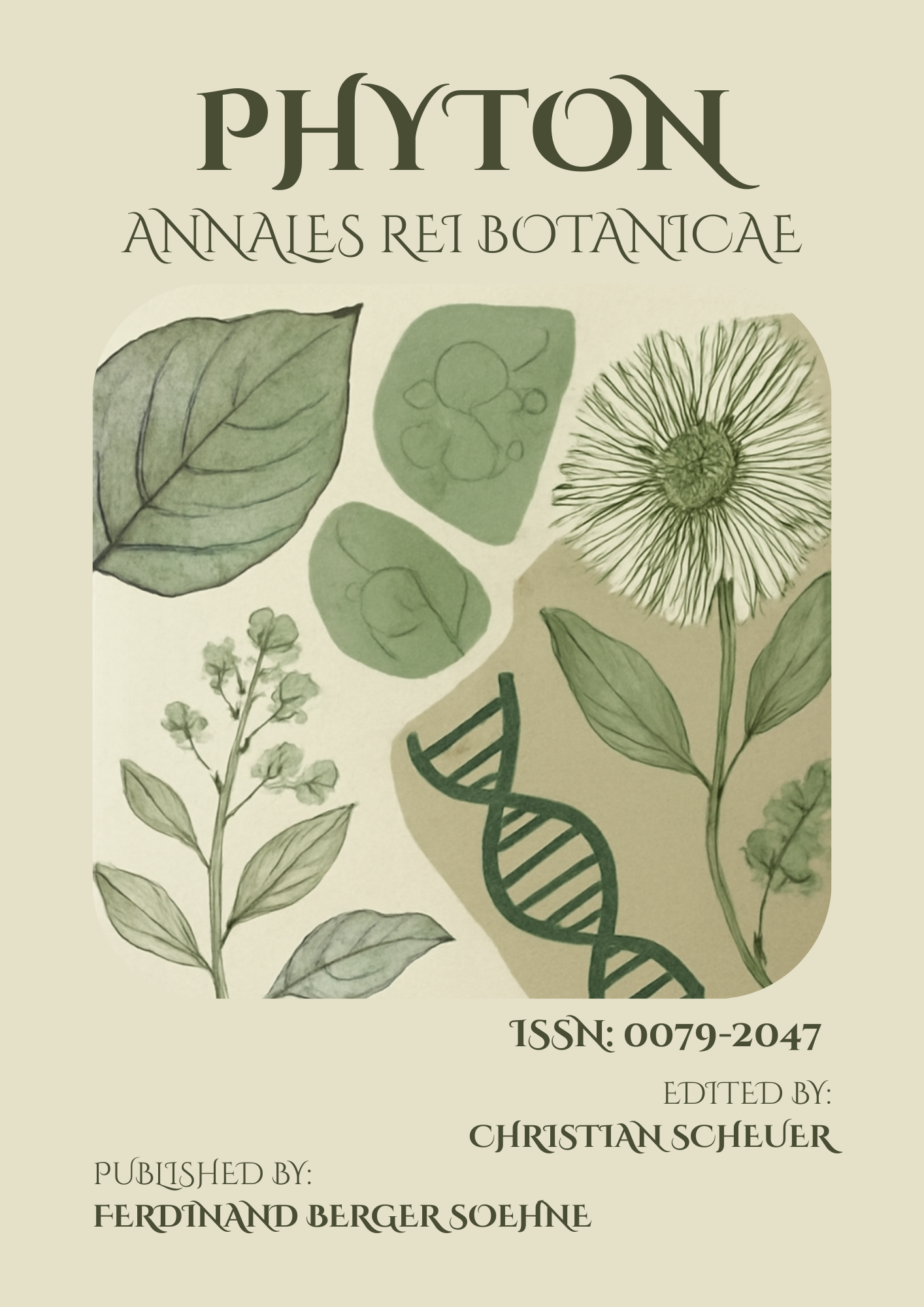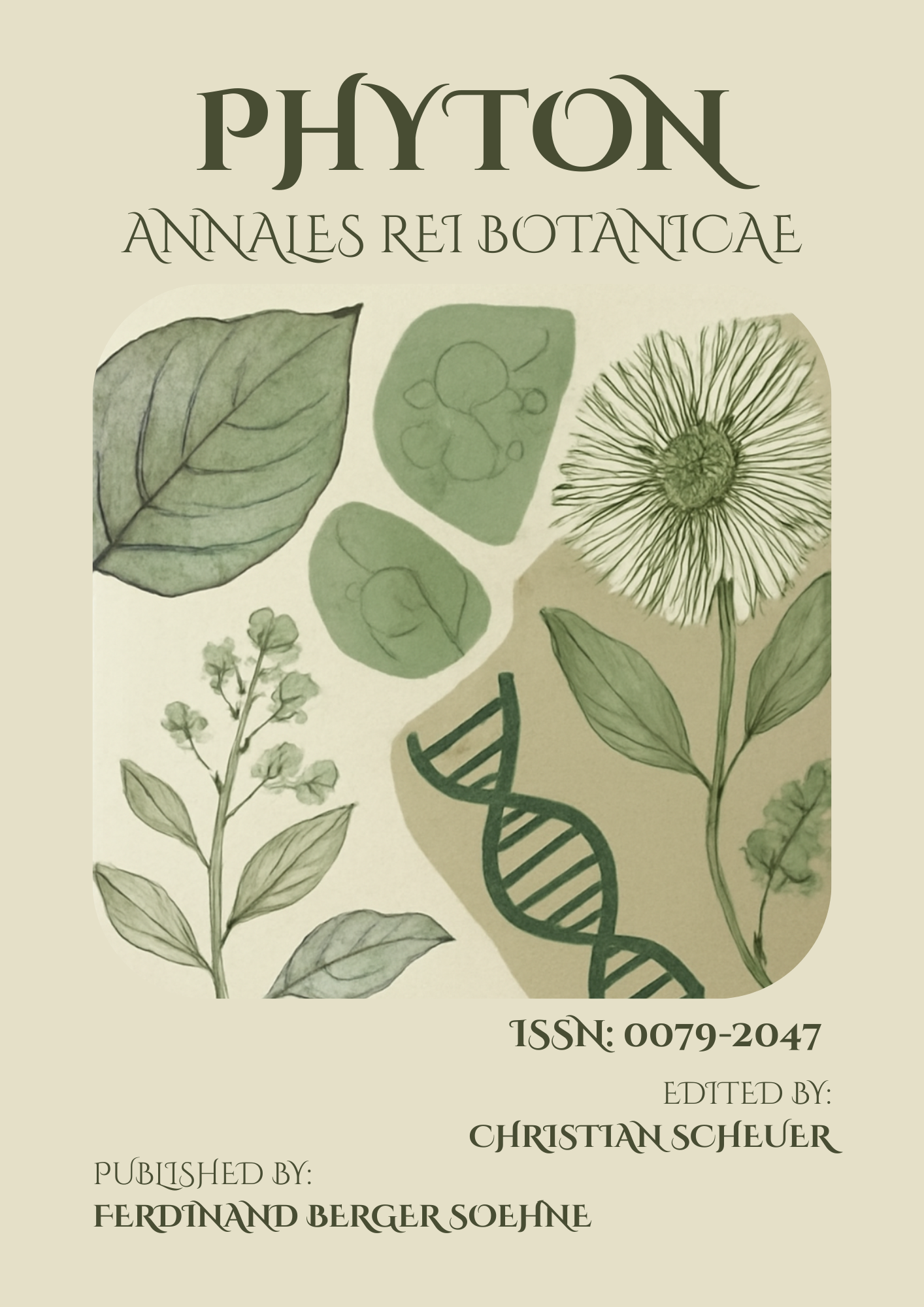Role of Irrigation and Water Management in Sustainable Agriculture
DOI:
https://doi.org/10.64526/phyton-annales.v65iS1.76Keywords:
Irrigation Management, Water-Use Efficiency, Drip and Sprinkler Systems, Groundwater Depletion, Rainwater HarvestingAbstract
Sustainable agriculture relies on irrigation and water management, which are especially important in areas where there is a growing human population, unpredictable weather, and scarce water supplies. Waste is minimized, crop yields are enhanced, and soil fertility is sustained through efficient water management, which guarantees the optimal use of available freshwater. Overdraft of groundwater, falling water tables, and diminished long-term viability of agricultural systems are common outcomes of conventional irrigation practices in India, where agriculture uses over 80% of the country's freshwater resources. Drip and sprinkler systems, micro-irrigation technology, rainwater collection, and the combined use of surface and groundwater are some of the sustainable irrigation approaches that have recently arisen as answers to these problems. These methods foster climate-resilient farming while simultaneously decreasing input prices, conserving energy, and increasing water-use efficiency. Additionally, precision farming and site-specific irrigation are made possible with the integration of current water management techniques like as geographic information systems (GIS), remote sensing, and soil moisture sensors. To ensure fair and sustainable distribution of water, it is essential to have water governance policies in place and to raise farmer awareness and involvement. water management and irrigation play an important part in ensuring food security and protecting the environment in the long run by balancing increased output with less impact on the environment.
Downloads
Published
How to Cite
Issue
Section
License
Copyright (c) 2025 PHYTON-ANNALES REI BOTANICAE

This work is licensed under a Creative Commons Attribution-NonCommercial-ShareAlike 4.0 International License.
This article is published under the terms of the Creative Commons Attribution-NonCommercial-ShareAlike 4.0 International License (CC BY-NC-SA 4.0). Readers may share and adapt the material for non-commercial purposes, provided appropriate credit is given and adaptations are shared under the same license.



